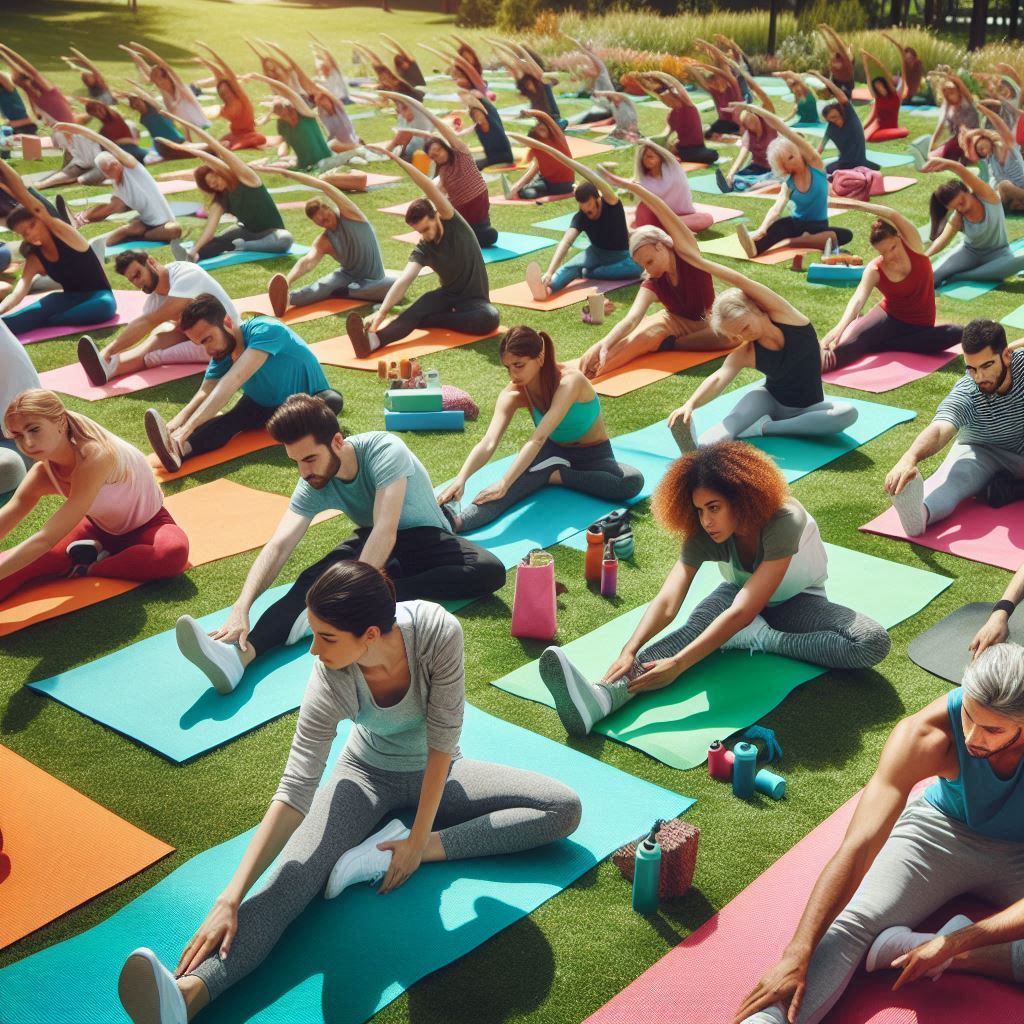In the pursuit of a longer and healthier life, scientists and fitness enthusiasts alike have turned their attention to a key physiological metric known as VO2. This acronym, which stands for maximal oxygen consumption, holds the key to understanding how efficiently our bodies utilize oxygen during physical activity. As we explore the science behind VO2, its connection to longevity, and practical ways to enhance it, we uncover valuable insights into optimizing overall health.
VO2 is a measure of the maximum amount of oxygen an individual can use during intense exercise. It is often expressed in milliliters of oxygen consumed per kilogram of body weight per minute (ml/kg/min). The higher the VO2 max, the more efficiently the body can transport and use oxygen, indicating superior cardiovascular fitness and endurance.
The Connection Between VO2 and Longevity
Research has established a compelling link between VO2 and longevity. Higher levels of aerobic fitness, as reflected by an elevated VO2 max, are associated with a reduced risk of chronic diseases and premature death. This relationship can be attributed to several factors:
- Cardiovascular Health: A higher VO2 max is indicative of a healthier cardiovascular system. Enhanced oxygen delivery to the muscles and organs supports overall heart health, reducing the risk of cardiovascular diseases that can impact longevity.
- Metabolic Efficiency: Individuals with a higher VO2 max often exhibit superior metabolic efficiency. This means the body is better at utilizing energy and managing weight, reducing the risk of obesity and related health issues that can compromise longevity.
- Improved Respiratory Function: VO2 max is closely tied to respiratory function. Efficient oxygen exchange in the lungs ensures that the body receives an optimal supply of oxygen, promoting cellular health and longevity.
How to Increase Your VO2
Boosting your VO2 max involves a combination of cardiovascular exercise, strength training, and lifestyle modifications. Here are some practical strategies to enhance your VO2:
- Cardiovascular Exercise: Engage in aerobic activities such as running, cycling, swimming, and high-intensity interval training (HIIT). These exercises challenge the cardiovascular system and contribute to improved oxygen utilization.
- Interval Training: Incorporate interval training into your workouts. Alternating between periods of high-intensity exercise and rest or lower-intensity activity can effectively improve VO2 max.
- Strength Training: Include resistance training in your fitness routine. Building muscle mass enhances overall metabolic efficiency and contributes to improved oxygen utilization.
- Consistent Training: Regular and consistent exercise is key to increasing and maintaining a higher VO2 max. Aim for at least 150 minutes of moderate-intensity exercise per week, coupled with strength training sessions.
- Healthy Lifestyle Choices: Maintain a balanced diet, stay hydrated, get adequate sleep, and avoid habits like smoking that can negatively impact respiratory and cardiovascular health.
Conclusion
As our understanding of the connection between VO2 and longevity deepens, it becomes clear that investing in cardiovascular fitness is a powerful strategy for promoting overall health and well-being. By incorporating targeted exercises and lifestyle choices that enhance VO2 max, individuals can take proactive steps towards not only improving their immediate fitness but also increasing their chances of enjoying a longer and healthier life.



